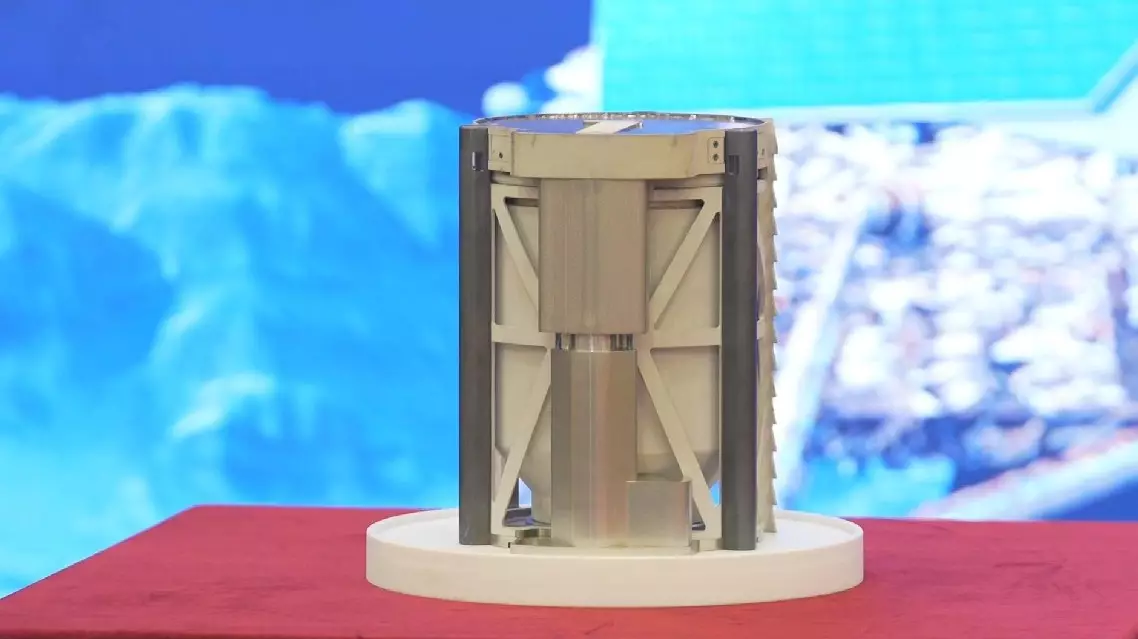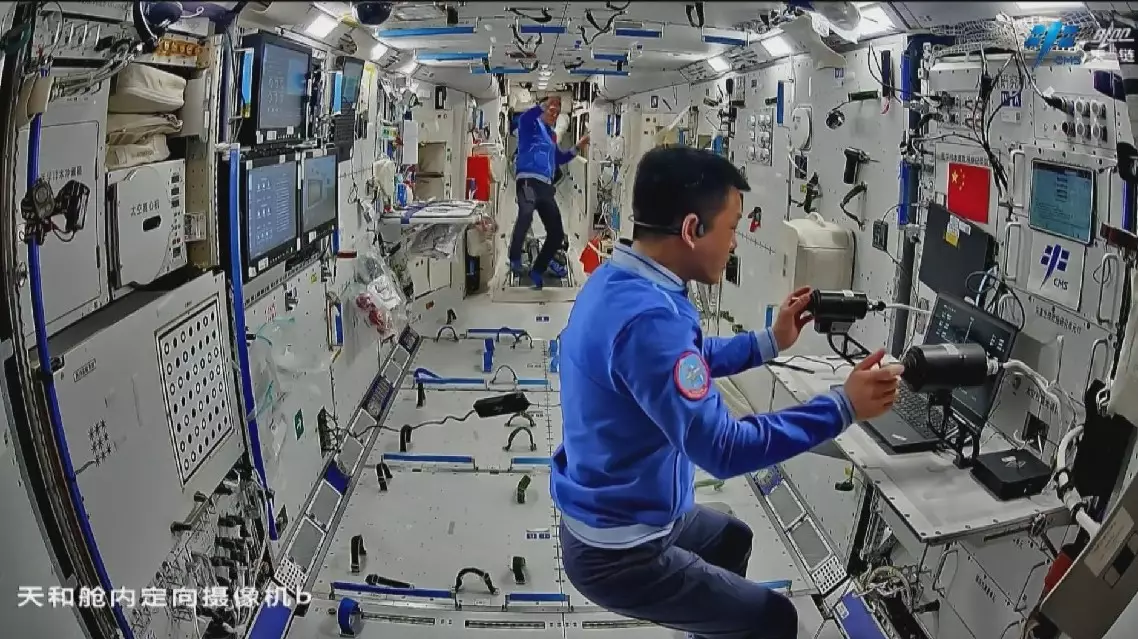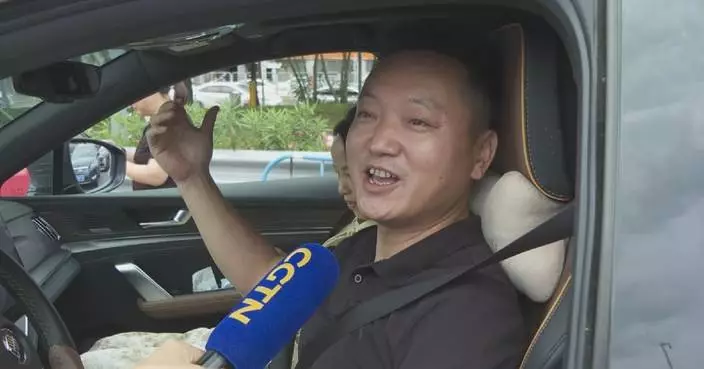China welcomes scientists from around the world to submit applications to conduct studies into the historic lunar samples retrieved by the Chang'e-6 lunar probe from the far side of the moon, a spokesperson for the mission said Friday.
The Chang'e-6 returner touched down in north China's Inner Mongolia Autonomous Region on Tuesday, completing a momentous 53-day mission to the lunar far side and marking another milestone in China's space exploration program.
The valuable samples, totaling more than 1,935 grams, were brought to Beijing and handed over by the China National Space Administration to the Chinese Academy of Sciences at a special ceremony on Friday. They will now be placed in careful storage before undergoing extensive analysis and research.
An initial inspection of the contents of the sealed container returned to Earth has already given some interesting indications that these samples may differ significantly from the ones brought back by the predecessor Chang'e-5 probe, which retrieved a total of 1,700 grams from the surface of the near side of the moon in December 2020.
Near-side lunar soil is typically described as fine and loose, while these far-side samples appear visually distinct and more compact, creating significant excitement among scientists and raising hopes of potential new discoveries about the moon's formation and history during the upcoming analysis stage.
China has pledged to provide more opportunities for global scientists to combine their expertise in space exploration, and now the country is offering to share the gems of its latest lunar mission by inviting both domestic and international institutions to apply to study the precious samples.
"China has always maintained a positive and open attitude towards international applications for the lunar samples in order to effectively promote international cooperation in lunar and deep space exploration, carry out joint research and application, and share scientific achievements," said Ge Ping, spokesperson for the Chang'e-6 mission.
The Chang'e-6 probe, comprising an orbiter, a lander, an ascender and a returner, was launched on May 3 from south China's tropical island province of Hainan. It began its pivotal sampling work after touching down at the designated lunar landing area in the South Pole-Aitken (SPA) Basin on June 2.
Experts believe the study of the samples will increase understandings of the formation of Earth, the moon, and the solar system, and could advance efforts to learn how to use resources on the moon for future space exploration.

China to open up application process for int'l scientists to study historic lunar samples









